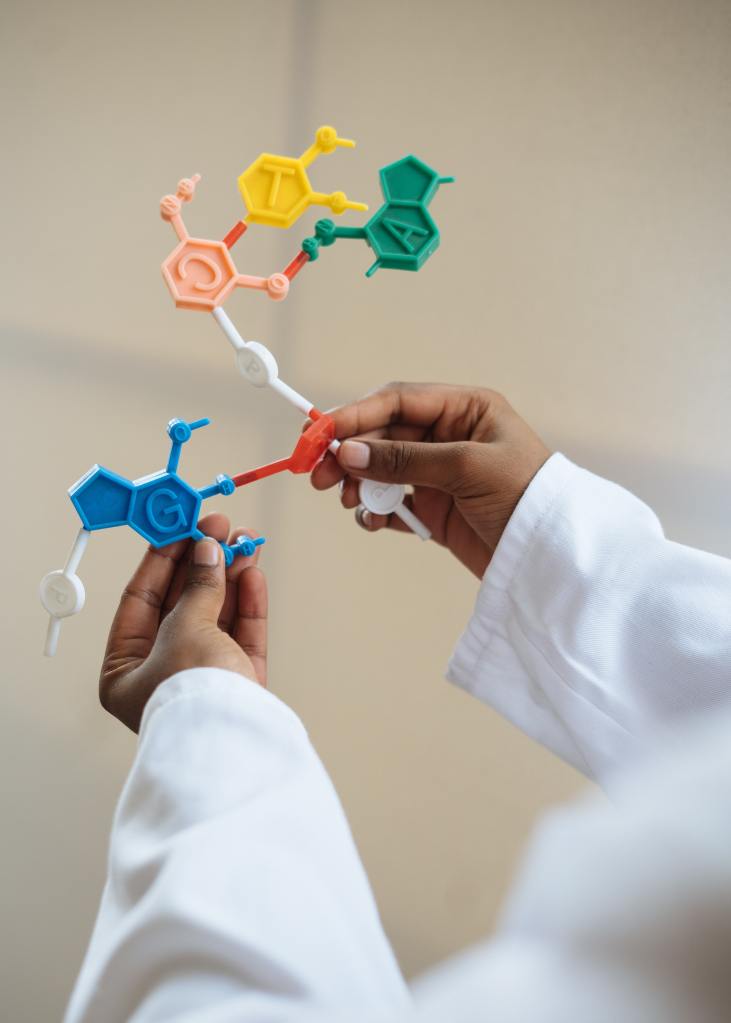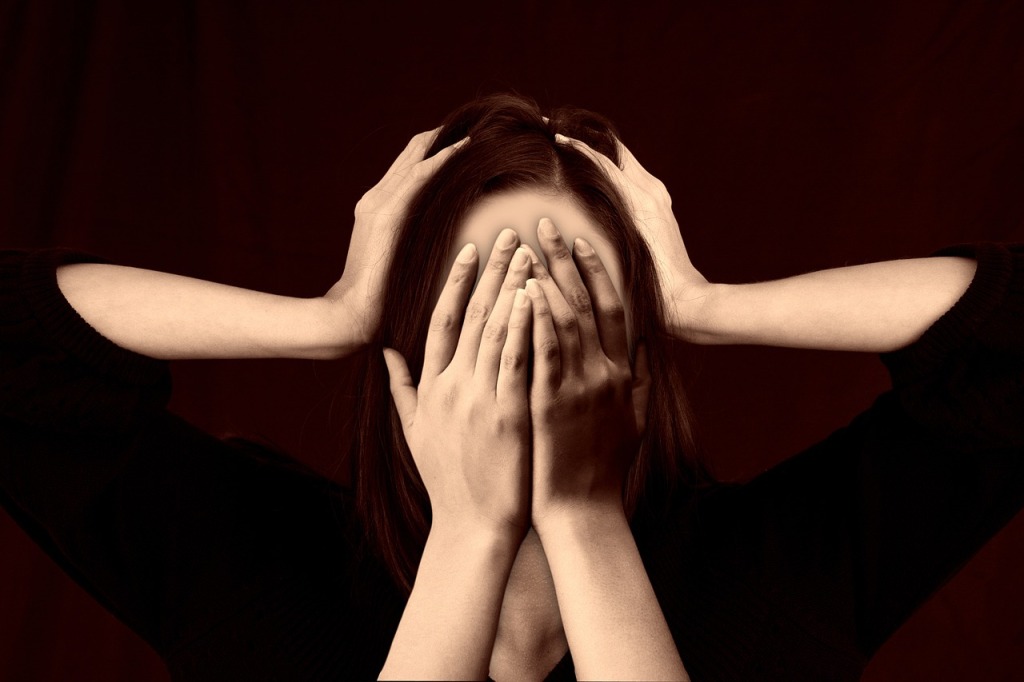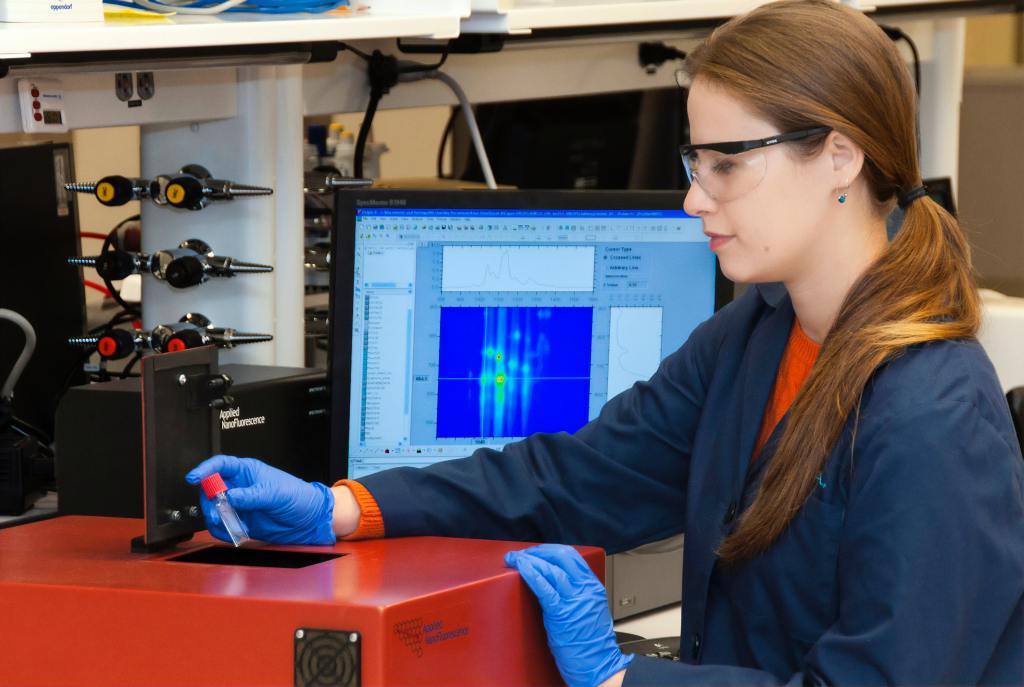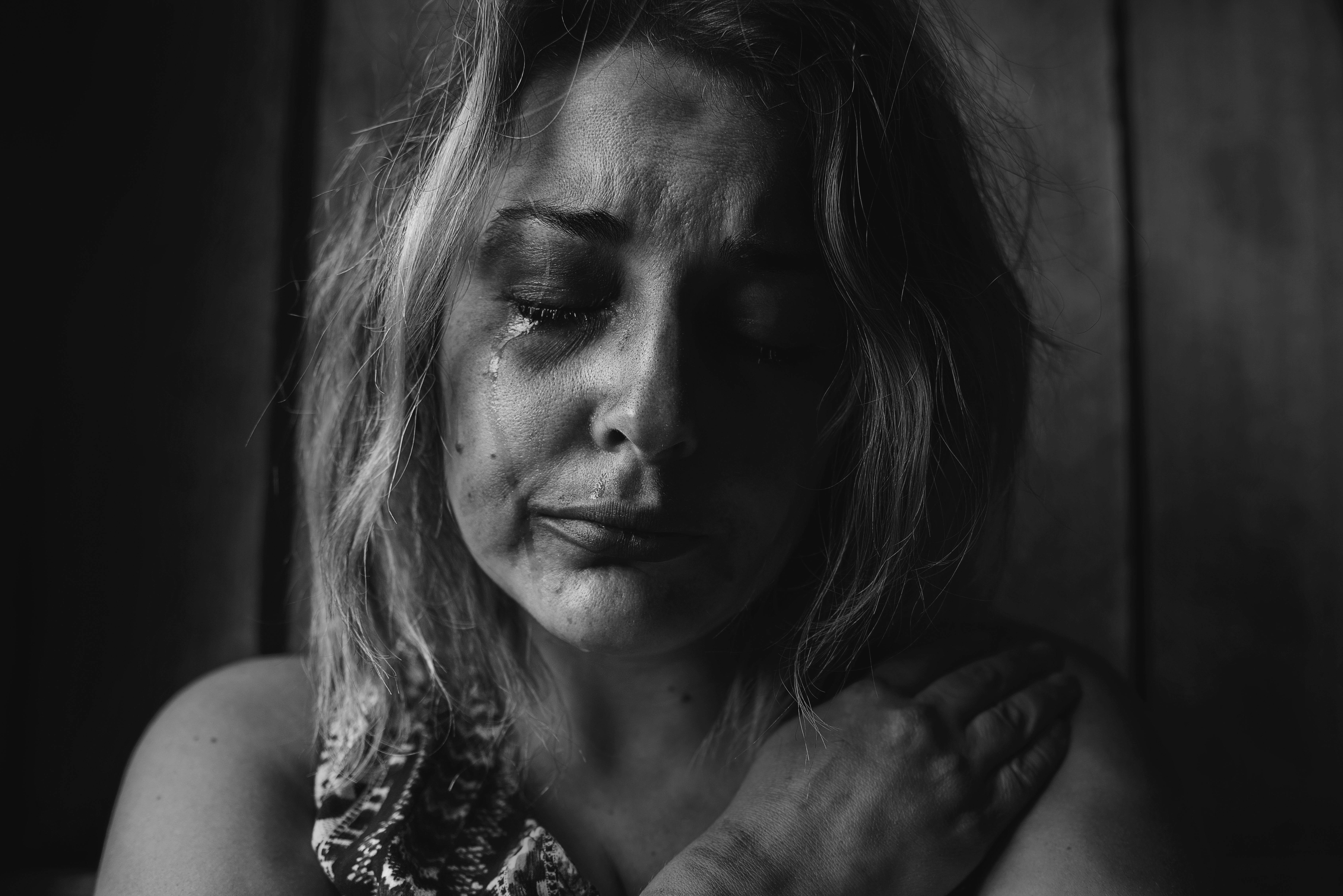
California therapist Jorge Galindo shares a private practice with his wife in the Orange County city of Irvine. Among his areas of clinical experience, Jorge Galindo has completed specialized training in the diagnosis and treatment of bipolar spectrum disorders.
The term “bipolar spectrum” applies to a range of mental health conditions that involve swings between depression and other extreme psychological and emotional states of mind. Previously, professionals defined it as clear fluctuations between episodes of depression (intense sadness, numbness, or helplessness) and mania (energy and excitability). However, ongoing research revealed that the condition didn’t always manifest through these specific, well-defined symptoms. For example, some chronically depressed patients might experience regular periods of slight emotional elevation and irritability.
When mental health professionals speak of the bipolar spectrum, they refer to a broad range of closely related disorders. The exact definition of bipolar spectrum varies between clinicians. However, most ideations of the bipolar spectrum include bipolar I and II and cyclothymic disorder.








